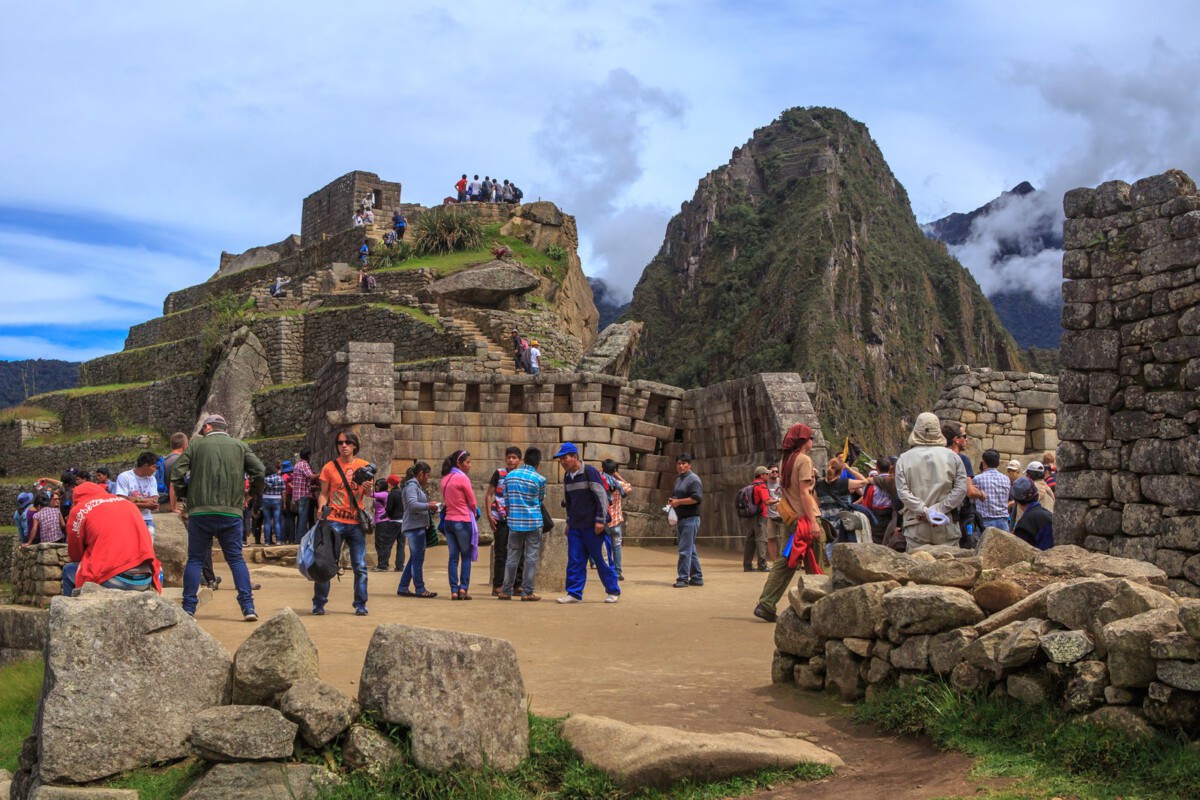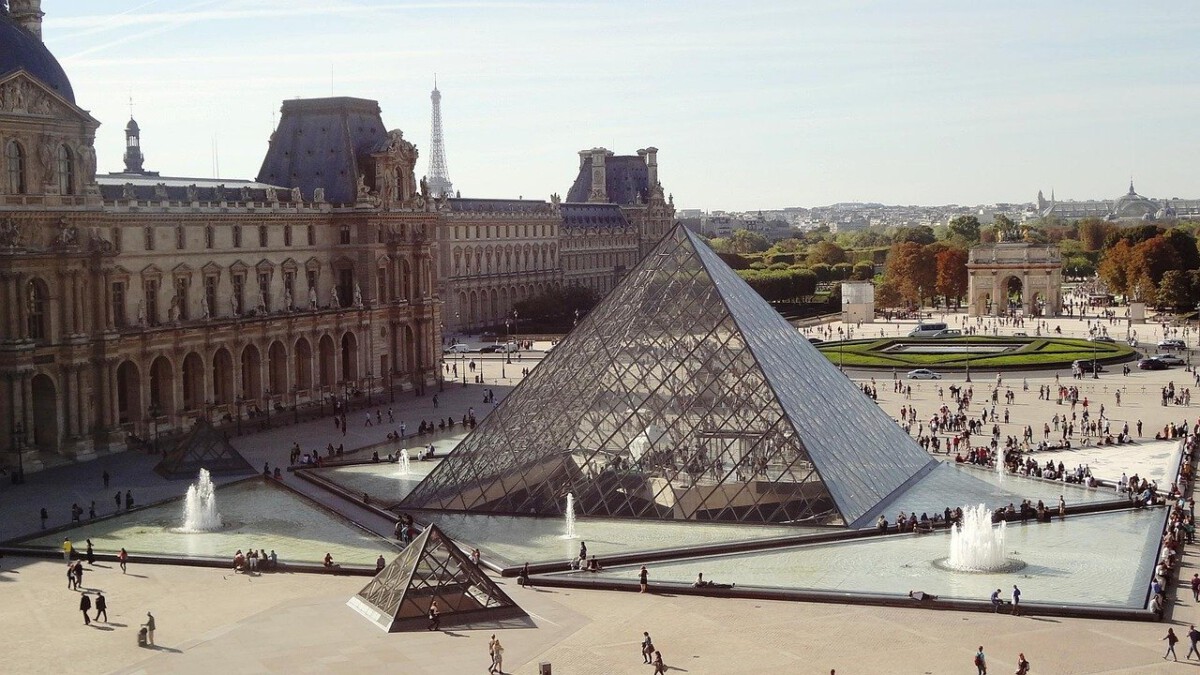Paris, France: The City of Light’s Growing Shadows


There’s no denying the magic of Paris: the winding streets of Montmartre, the breathtaking Eiffel Tower, the sweet aroma of fresh bread in the morning. But behind the postcard-perfect views, a surprising tension simmers. In 2024, a revealing survey showed that 65% of Parisians felt overwhelmed by the daily wave of tourists. Locals report crowded metros, overflowing cafes, and a sense that their home is slipping away. The housing crisis has become a sore point—many blame short-term rentals for driving up rents and pushing residents out of beloved neighborhoods. Protestors have taken to the streets, demanding stricter regulations for platforms like Airbnb. The city government is now exploring limits on tourist numbers in hotspots, especially in arrondissements where locals feel most squeezed. Parisians are fiercely proud of their culture and frustrated by what they see as a “theme park” atmosphere. This resistance is not just about the crowds, but about preserving a way of life under threat.
Venice, Italy: Sinking Under the Weight of Visitors


Venice has always been a dream destination, with its enchanting canals and centuries-old buildings. Yet, the city is now at a breaking point. By 2023, more than 25 million tourists arrived in Venice—a number the city’s fragile infrastructure simply can’t handle. Locals find themselves hemmed in by day-trippers, especially around Piazza San Marco and the Grand Canal. In 2025, the local government responded by launching a reservation system for visitors, aiming to keep daily numbers in check. Residents have organized public demonstrations and raised their voices on social media, urging authorities to rethink the city’s approach to tourism. The famous canals are threatened by pollution and erosion, with many Venetians blaming the constant boat traffic from tourist vessels. The fight here isn’t just about inconvenience—it’s about the survival of Venice’s heritage, environment, and daily life.
Barcelona, Spain: When a City Becomes a Stage


Barcelona is vibrant, creative, and pulsing with life, but for many residents, the fun has worn thin. In 2024, a citywide study found that 70% of people living in Barcelona felt tourism was making their lives harder. Iconic spots like La Sagrada Familia and Las Ramblas are packed year-round, and locals often feel like extras in a never-ending tourist show. The city council has responded by capping the number of visitors to popular attractions. Activist groups have made headlines with marches and graffiti, decrying how rental prices are soaring and pushing out long-term residents. There’s growing resentment over the transformation of neighborhoods into “tourist zones,” with souvenir shops replacing traditional businesses. These protests reflect a deep fear: that Barcelona is losing its soul to the demands of mass tourism. The city is searching for a way to welcome visitors without sacrificing its unique character.
Amsterdam, Netherlands: Drawing the Line on Party Tourism


Amsterdam’s charming canals and lively nightlife have made it a magnet for global travelers, but not everyone is happy about it. By 2023, over 20 million tourists were flooding the city, leading to crowded streets, noisy nights, and frustrated residents. The municipal government introduced a “Stay Away” campaign, directly targeting party tourists and encouraging more responsible travel. There are now new taxes for visitors and strict rules for group tours in neighborhoods like the Red Light District. Locals complain about the impact of short-term rentals, which they say are eroding community spirit and driving up housing costs. Authorities are also working to spread visitors more evenly throughout the region, hoping to relieve pressure on the city center. For many Amsterdammers, the resistance is about reclaiming their city and protecting their quality of life, not shutting out respectful travelers.
Dubrovnik, Croatia: Fortress Under Siege


Dubrovnik’s medieval walls and shimmering Adriatic views have drawn millions since it became a filming location for famous TV shows, but the city is struggling to cope. In 2024, officials capped daily entries to the Old Town at 8,000 people to protect the delicate historic fabric. Residents describe feeling trapped by throngs of tourists, especially during cruise ship season, when the narrow streets become almost impassable. The city has also started promoting off-season tourism to ease the crush at peak times. Still, many locals feel the measures aren’t enough, with some calling for even stricter visitor limits or a ban on new tourist accommodations. The tension is palpable, with fierce debates about how to protect Dubrovnik’s culture and daily life from being overwhelmed by its own popularity. The city’s story is a vivid example of the complicated love-hate relationship between locals and tourism.
Bali, Indonesia: Paradise Under Pressure


Bali’s lush rice terraces and mystical temples have long drawn travelers in search of beauty and tranquility. However, rapid growth in tourism has led to mounting local frustration. In 2025, large protests erupted over the environmental toll of unchecked development—rivers are polluted, forests are shrinking, and traffic jams have become a daily headache. The Balinese government has started enforcing stricter rules on new hotels and tourist businesses, encouraging sustainable and eco-friendly practices. Many local communities are speaking out, saying their traditional ways are being lost in the rush to cater to foreign visitors. There’s a growing movement to put culture and nature first, with some villages even limiting tourist access to sacred sites. The resistance here isn’t about rejecting outsiders, but about demanding respect for Bali’s unique environment and traditions.
Machu Picchu, Peru: Preserving the Past in the Face of Crowds


Machu Picchu stands as one of the world’s most breathtaking historical wonders—but its popularity has brought serious challenges. In 2023, the Peruvian government announced plans to boost visitor numbers, sparking an outcry from locals and environmentalists. Residents of nearby villages and experts alike worry that increased foot traffic could damage the ancient site and its fragile surroundings. Protests have broken out, with people demanding a more sustainable model for tourism. Authorities are now considering new limits on daily visitors and greater investment in conservation tactics. The debate here highlights a hard truth: the need to preserve priceless heritage while still sharing it with the world. For many in Peru, resistance isn’t about shutting the doors, but about ensuring the doors stay open for generations to come.






